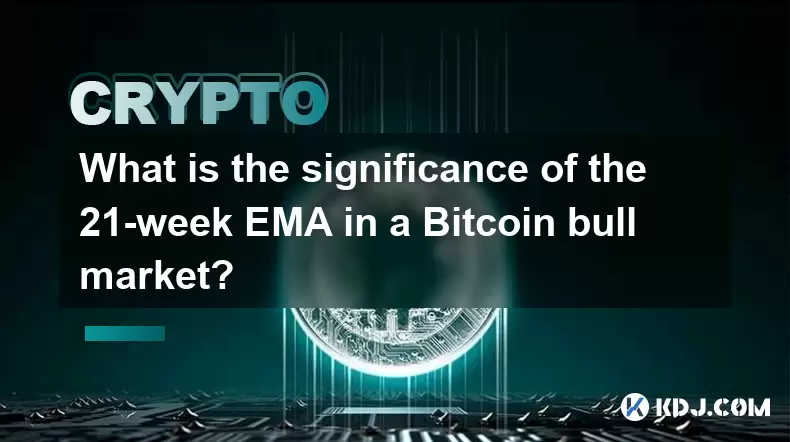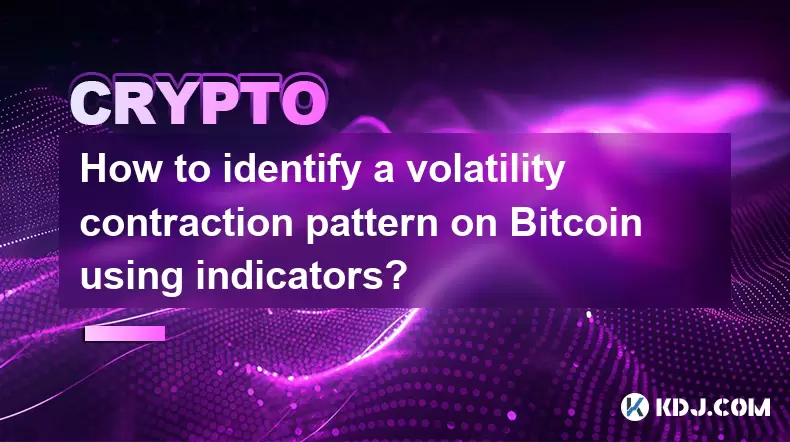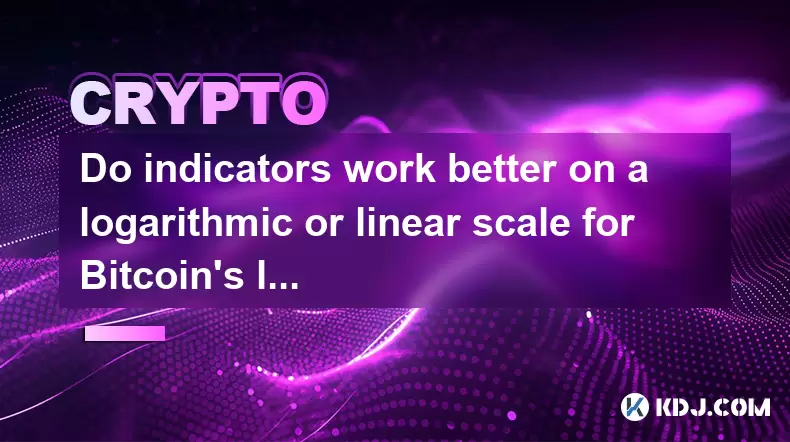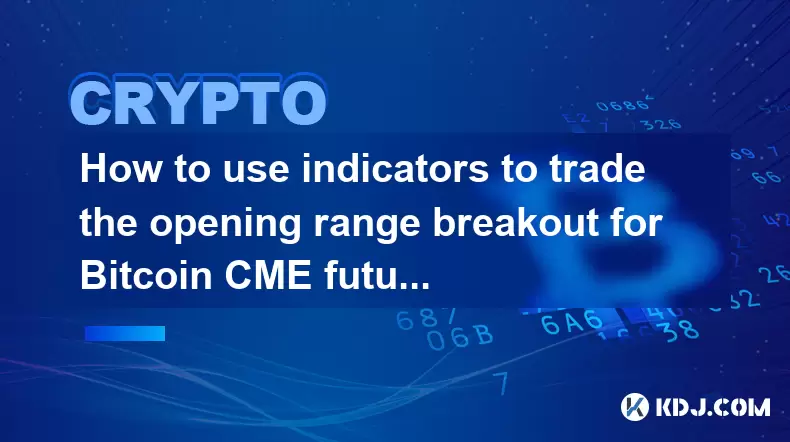-
 Bitcoin
Bitcoin $117900
0.31% -
 Ethereum
Ethereum $3766
0.28% -
 XRP
XRP $3.176
-0.31% -
 Tether USDt
Tether USDt $1.000
0.00% -
 BNB
BNB $795.6
1.51% -
 Solana
Solana $186.8
-1.09% -
 USDC
USDC $0.9999
-0.01% -
 Dogecoin
Dogecoin $0.2353
-1.33% -
 TRON
TRON $0.3226
1.49% -
 Cardano
Cardano $0.8172
-1.08% -
 Sui
Sui $4.178
3.06% -
 Hyperliquid
Hyperliquid $43.05
-3.39% -
 Stellar
Stellar $0.4367
-0.57% -
 Chainlink
Chainlink $18.62
1.47% -
 Hedera
Hedera $0.2828
6.63% -
 Bitcoin Cash
Bitcoin Cash $584.7
5.65% -
 Avalanche
Avalanche $24.81
2.53% -
 Litecoin
Litecoin $112.8
-0.88% -
 UNUS SED LEO
UNUS SED LEO $8.975
-0.08% -
 Shiba Inu
Shiba Inu $0.00001395
-1.07% -
 Toncoin
Toncoin $3.285
-1.05% -
 Ethena USDe
Ethena USDe $1.001
0.01% -
 Polkadot
Polkadot $4.123
0.76% -
 Uniswap
Uniswap $10.49
-0.18% -
 Monero
Monero $326.5
0.14% -
 Dai
Dai $0.9999
-0.02% -
 Bitget Token
Bitget Token $4.576
0.34% -
 Pepe
Pepe $0.00001247
-1.55% -
 Cronos
Cronos $0.1400
3.77% -
 Aave
Aave $295.1
-0.73%
Evaluation of the true performance of BTC's descending flag continuation pattern
BTC's descending flag pattern suggests potential bearish continuation, offering traders a strategic entry point after confirming volume and trend alignment.
Jun 10, 2025 at 08:15 am

Understanding BTC's Descending Flag Pattern
The descending flag pattern is a common technical analysis formation observed in cryptocurrency charts, particularly for Bitcoin (BTC). This pattern typically appears after a strong downtrend and is considered a continuation pattern, signaling that the price may resume its downward movement after a brief consolidation phase. Traders often look for this structure to anticipate further bearish momentum.
In BTC's case, when analyzing historical data across various timeframes—such as 4-hour or daily charts—the descending flag tends to form during periods of heightened volatility followed by a sideways movement. The flagpole represents the initial sharp drop in price, while the flag itself forms a small channel sloping upward but within the broader downtrend.
Important: It's crucial to confirm the pattern with volume indicators and candlestick formations before making trading decisions.
Key Components of the Descending Flag
Several elements define the structure of a descending flag:
- Flagpole: This is the steep decline preceding the consolidation area.
- Flag: A rectangular channel formed by two parallel trendlines sloping slightly upward.
- Breakout: A decisive move below the lower trendline of the flag confirms continuation of the downtrend.
Each of these components plays a role in validating whether the pattern is legitimate or just a random consolidation phase. For instance, if the breakout occurs without significant volume support, it might be a false signal.
- Ensure the flag does not extend beyond the midpoint of the prior flagpole
- Measure the projected target by subtracting the height of the flagpole from the breakout point
Important: Misidentifying the flagpole or miscalculating the target can lead to incorrect trade entries.
Historical Performance of BTC’s Descending Flags
Looking at BTC's historical price action reveals several instances where descending flags accurately predicted further downside moves. For example, during the 2018 bear market, multiple descending flags were visible on weekly charts, each followed by a continuation of the downtrend after a successful breakout.
However, there are also cases where the pattern failed due to sudden macroeconomic news or whale movements disrupting the expected behavior. In early 2022, some descending flags broke down only to reverse quickly amid unexpected regulatory statements.
- Review past BTC charts using platforms like TradingView
- Identify confirmed descending flags and track their outcomes
- Note external factors that could have influenced the pattern
Important: Historical performance is not guaranteed future results, especially in highly volatile markets like crypto.
How to Trade the Descending Flag in BTC
Trading the descending flag requires precision and risk management. Here’s how you can approach it step-by-step:
- Identify a strong prior downtrend forming the flagpole
- Draw upper and lower trendlines enclosing the consolidation zone
- Wait for a clear breakdown below the lower trendline
- Confirm with volume increase during the breakout
- Place a stop-loss slightly above the flag’s high
- Set a profit target equal to the length of the flagpole subtracted from the breakout level
Some traders prefer entering short positions immediately after the breakout, while others wait for a retest of the broken trendline as support-turned-resistance.
Important: Entering too early or ignoring volume confirmation can result in losses even if the pattern looks textbook.
Common Pitfalls When Evaluating BTC's Descending Flags
Despite its popularity among technical traders, the descending flag is not foolproof. Many beginners fall into traps such as:
- Confusing the pattern with a reversal setup like a bullish pennant
- Ignoring the importance of volume during the breakout
- Failing to adjust targets based on dynamic market conditions
- Overtrading weak or incomplete patterns
It’s essential to cross-check the pattern with other indicators like RSI or MACD to filter out false signals. Additionally, not all consolidations after a downtrend qualify as descending flags—only those with a clear flagpole and defined channel should be considered.
Important: Avoid forcing the pattern onto every consolidation phase; patience and discipline are key.
Frequently Asked Questions
Q: Can a descending flag appear in uptrends?
A: While rare, descending flags can occasionally form in uptrends as short-term pullbacks. However, they are more commonly associated with bearish continuations.
Q: How reliable is the descending flag compared to other continuation patterns?
A: The descending flag is considered moderately reliable, especially when supported by volume and aligned with the broader trend. It ranks alongside patterns like rectangles and pennants in terms of accuracy.
Q: What timeframe is best for identifying descending flags in BTC?
A: The daily and 4-hour charts provide the most actionable setups. Lower timeframes tend to generate more noise and false signals.
Q: Should I always take trades based solely on a descending flag?
A: No. Always combine the pattern with additional tools like moving averages or Fibonacci retracements to improve probability.
Disclaimer:info@kdj.com
The information provided is not trading advice. kdj.com does not assume any responsibility for any investments made based on the information provided in this article. Cryptocurrencies are highly volatile and it is highly recommended that you invest with caution after thorough research!
If you believe that the content used on this website infringes your copyright, please contact us immediately (info@kdj.com) and we will delete it promptly.
- Cryptos to Watch in 2025: Punisher Coin, Chainlink, and the Altcoin Arena
- 2025-07-27 18:30:13
- Bitcoin, Altcoins, Rebound: Navigating the Crypto Comeback Trail
- 2025-07-27 18:30:13
- Ethereum, Bitcoin, and Altcoins: A Shift in Crypto Tides?
- 2025-07-27 19:10:13
- Windtree Therapeutics' Bold BNB Strategy: A $520 Million Crypto Play
- 2025-07-27 19:10:13
- Solana, Staking, and Unilabs: What's the Buzz in the Crypto Space?
- 2025-07-27 16:50:13
- VeChain, HBAR, Remittix: Navigating the Crypto Landscape in 2025
- 2025-07-27 17:10:12
Related knowledge

What is the significance of the 21-week EMA in a Bitcoin bull market?
Jul 10,2025 at 06:56pm
Understanding the 21-Week EMA in Cryptocurrency AnalysisThe 21-week Exponential Moving Average (EMA) is a technical indicator widely used by traders a...

How to identify a volatility contraction pattern on Bitcoin using indicators?
Jul 07,2025 at 07:28am
What is a Volatility Contraction Pattern in Bitcoin Trading?A volatility contraction pattern refers to a phase where the price movement of an asset, s...

Do indicators work better on a logarithmic or linear scale for Bitcoin's long-term chart?
Jul 08,2025 at 01:42pm
Understanding Chart Scales in Cryptocurrency TradingIn cryptocurrency trading, particularly for analyzing Bitcoin's long-term trends, chart scales pla...

What is the Woodies CCI indicator and can it be used for Bitcoin?
Jul 04,2025 at 05:14pm
Understanding the Woodies CCI IndicatorThe Woodies CCI indicator is a variation of the traditional Commodity Channel Index (CCI), which was originally...

How to use indicators to trade the opening range breakout for Bitcoin CME futures?
Jul 05,2025 at 07:35pm
What Is the Opening Range Breakout Strategy?The opening range breakout (ORB) strategy is a popular trading technique used in both traditional markets ...

How to use the Relative Vigor Index (RVI) for Bitcoin trading?
Jul 07,2025 at 02:00pm
Understanding the Relative Vigor Index (RVI)The Relative Vigor Index (RVI) is a technical analysis tool used to assess the strength of price movements...

What is the significance of the 21-week EMA in a Bitcoin bull market?
Jul 10,2025 at 06:56pm
Understanding the 21-Week EMA in Cryptocurrency AnalysisThe 21-week Exponential Moving Average (EMA) is a technical indicator widely used by traders a...

How to identify a volatility contraction pattern on Bitcoin using indicators?
Jul 07,2025 at 07:28am
What is a Volatility Contraction Pattern in Bitcoin Trading?A volatility contraction pattern refers to a phase where the price movement of an asset, s...

Do indicators work better on a logarithmic or linear scale for Bitcoin's long-term chart?
Jul 08,2025 at 01:42pm
Understanding Chart Scales in Cryptocurrency TradingIn cryptocurrency trading, particularly for analyzing Bitcoin's long-term trends, chart scales pla...

What is the Woodies CCI indicator and can it be used for Bitcoin?
Jul 04,2025 at 05:14pm
Understanding the Woodies CCI IndicatorThe Woodies CCI indicator is a variation of the traditional Commodity Channel Index (CCI), which was originally...

How to use indicators to trade the opening range breakout for Bitcoin CME futures?
Jul 05,2025 at 07:35pm
What Is the Opening Range Breakout Strategy?The opening range breakout (ORB) strategy is a popular trading technique used in both traditional markets ...

How to use the Relative Vigor Index (RVI) for Bitcoin trading?
Jul 07,2025 at 02:00pm
Understanding the Relative Vigor Index (RVI)The Relative Vigor Index (RVI) is a technical analysis tool used to assess the strength of price movements...
See all articles

























































































